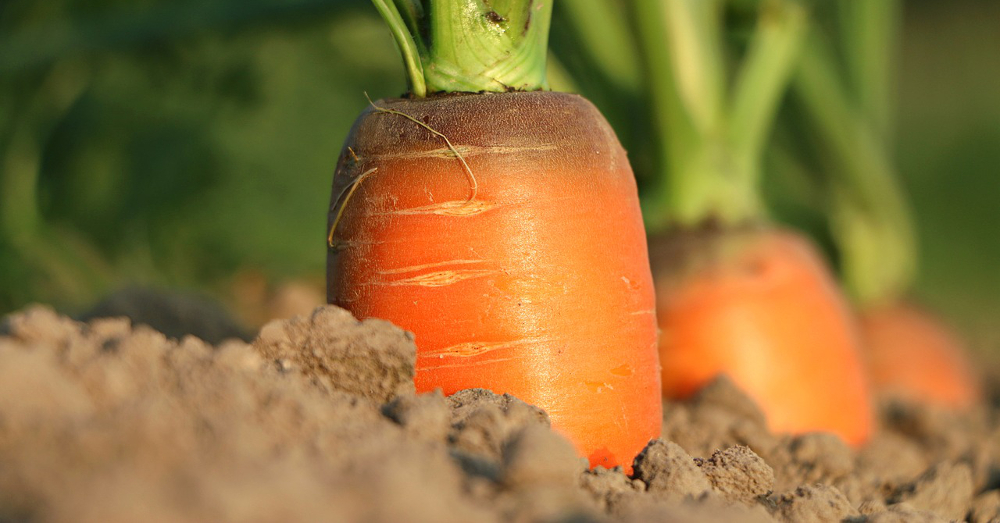
New Study Shows Organic Farming Traps Carbon in Soil to Combat Climate Change
When it comes to mitigating the worst impacts of climate change, keeping excess carbon out of the atmosphere is the prime target for improving the health of our planet. One of the best ways to do that is thought to be locking more of that carbon into the soil that grows our food.
September 11, 2017 | Source: Civil Eats | by Lela Nargi
Organic farms were found to have 26 percent more long-term carbon storage potential than conventional farms.
When it comes to mitigating the worst impacts of climate change, keeping excess carbon out of the atmosphere is the prime target for improving the health of our planet. One of the best ways to do that is thought to be locking more of that carbon into the soil that grows our food.
The scientific community has been actively debating whether organic farming methods can provide a promising solution. A 2010 paper published in the journal Ambio found that research about increased carbon sequestration due to organic farming methods was inconclusive, while a 2012 study in the Proceedings of the National Academy of Sciences (PNAS) found increased carbon sequestration in organic farm soils—though a 2013 letter in the PNAS disputed those findings, arguing that there were no carbon sequestration benefits related to organic farming.
A new study from Northeastern University and nonprofit research organization The Organic Center (TOC), though, has reached a different conclusion: Soils from organic farms had 26 percent more potential for long-term carbon storage than soils from conventional farms, along with 13 percent more soil organic matter (SOM).
For the study, chemists Elham Ghabbour and Geoffrey Davies began by analyzing soil samples from over 700 conventional farms in 48 states. They made the alarming discovery that these samples contained little to no humic substances. Humic substances are one portion of soil organic matter, which is made up of decomposing plant and animal matter. Comprised of humin, humic acid, and fulvic acid, humic substances are a major component of healthy, fertile soil, giving it structure and water-holding ability, among other things. They’re built up slowly, over the course of many years, by living materials such as manure that are added to soil.
“They’re important because they’re one of the biggest places carbon can get stored,” said TOC’s Director of Science Programs, Jessica Shade, who is a co-author on the study. And storing carbon in soil provides what Shade calls a whole suite of benefits that are linked to soil health, including supporting beneficial organisms like worms; reducing erosion and compaction; and providing aeration, essential plant nutrients, and water retention.
